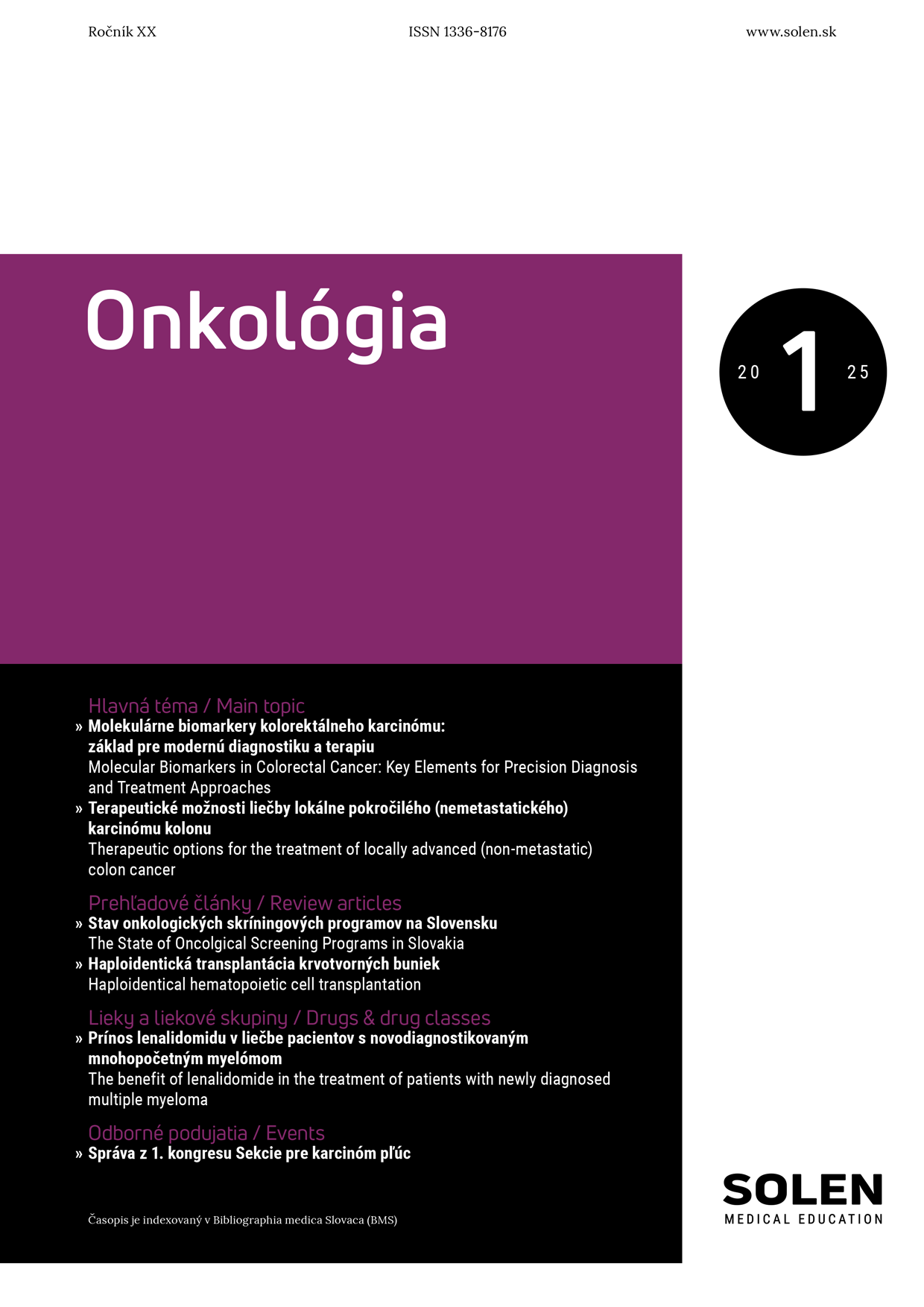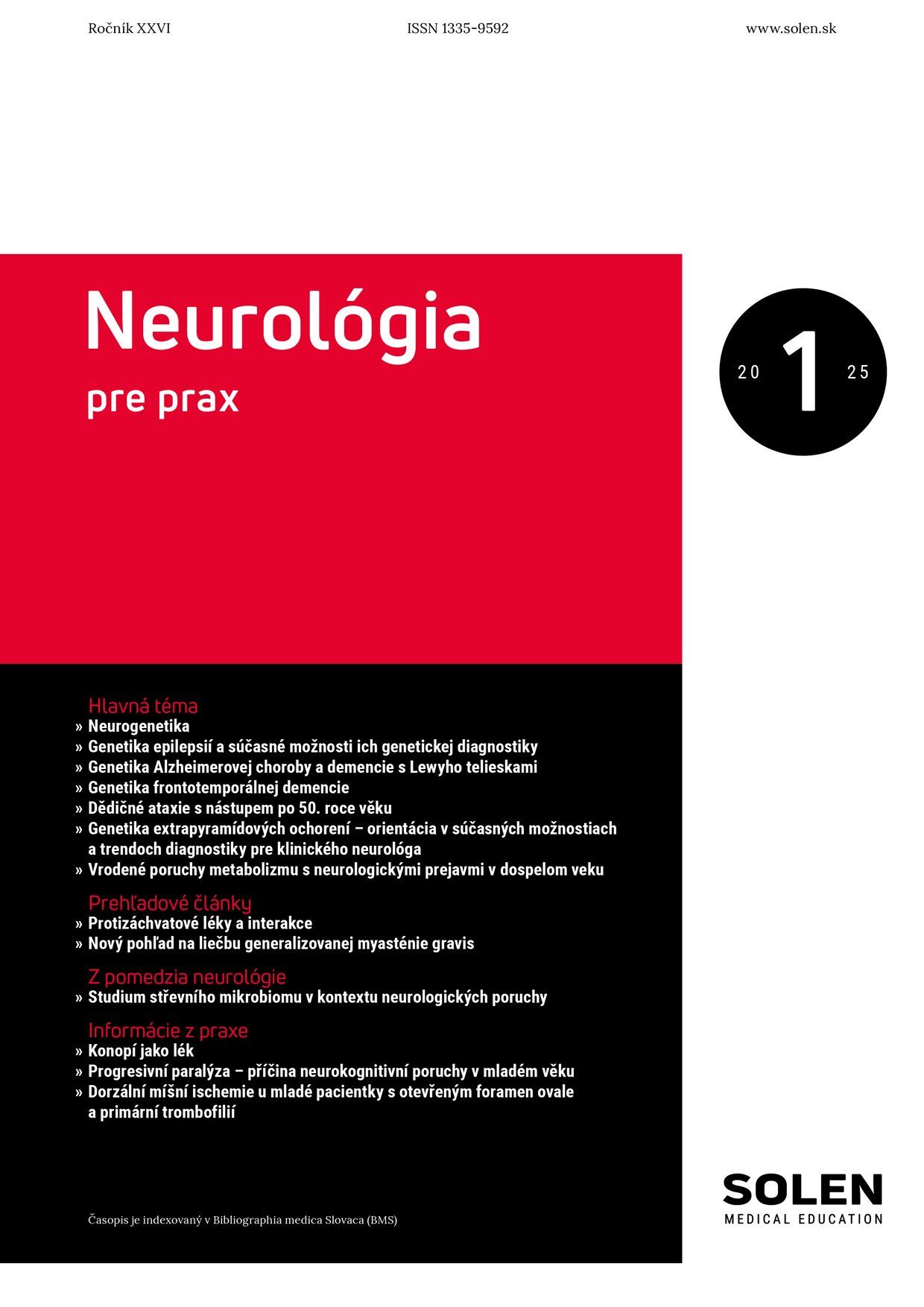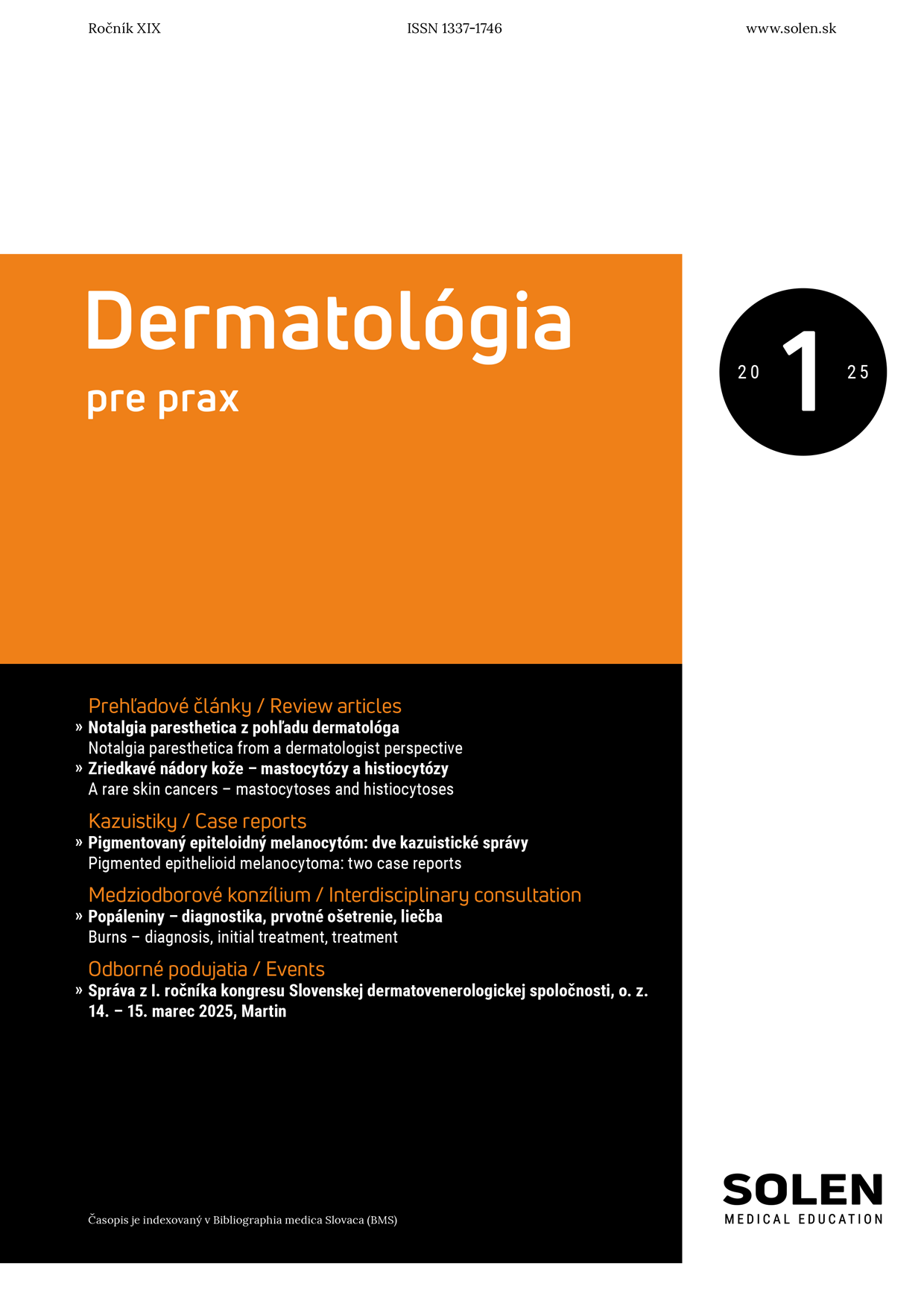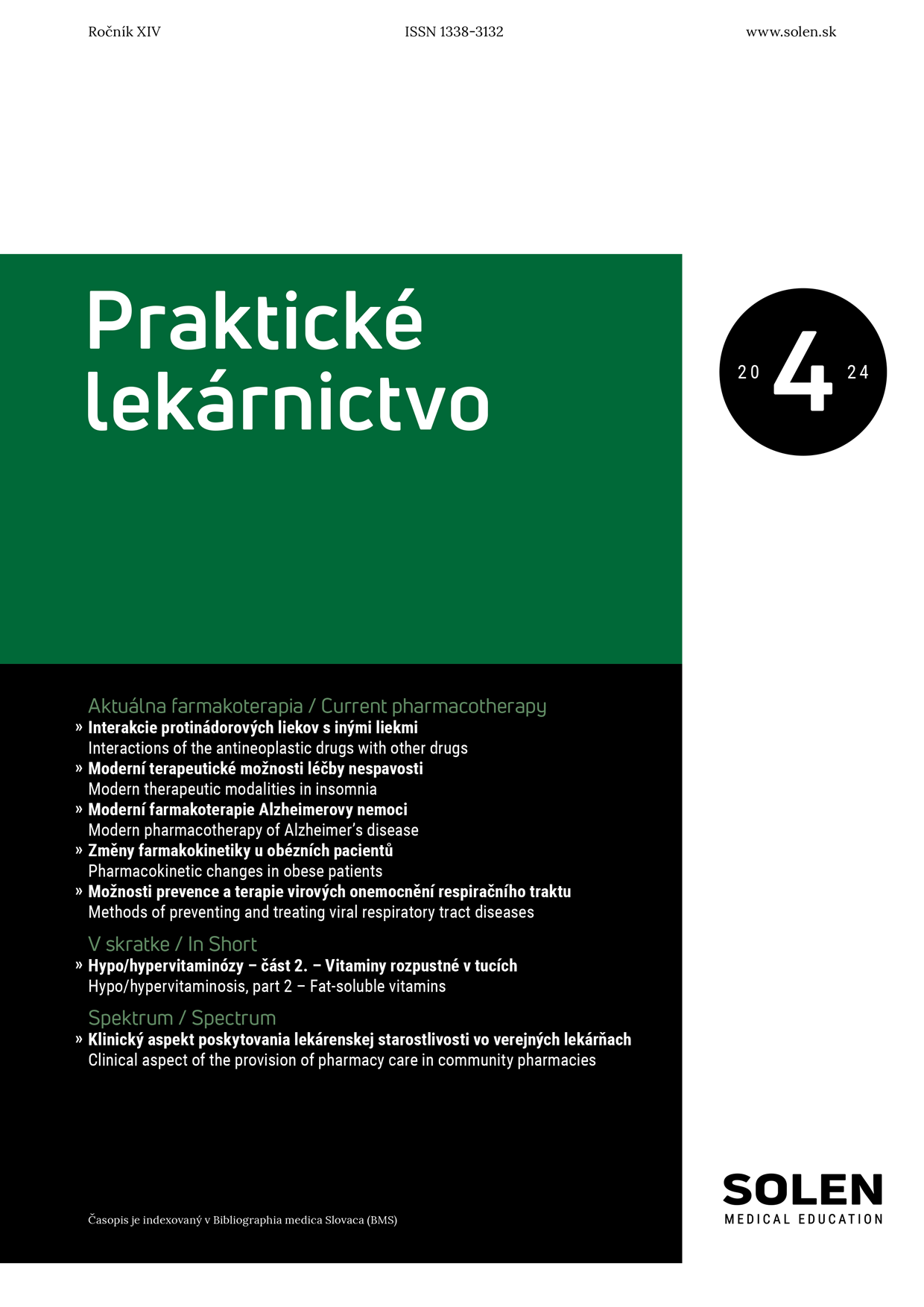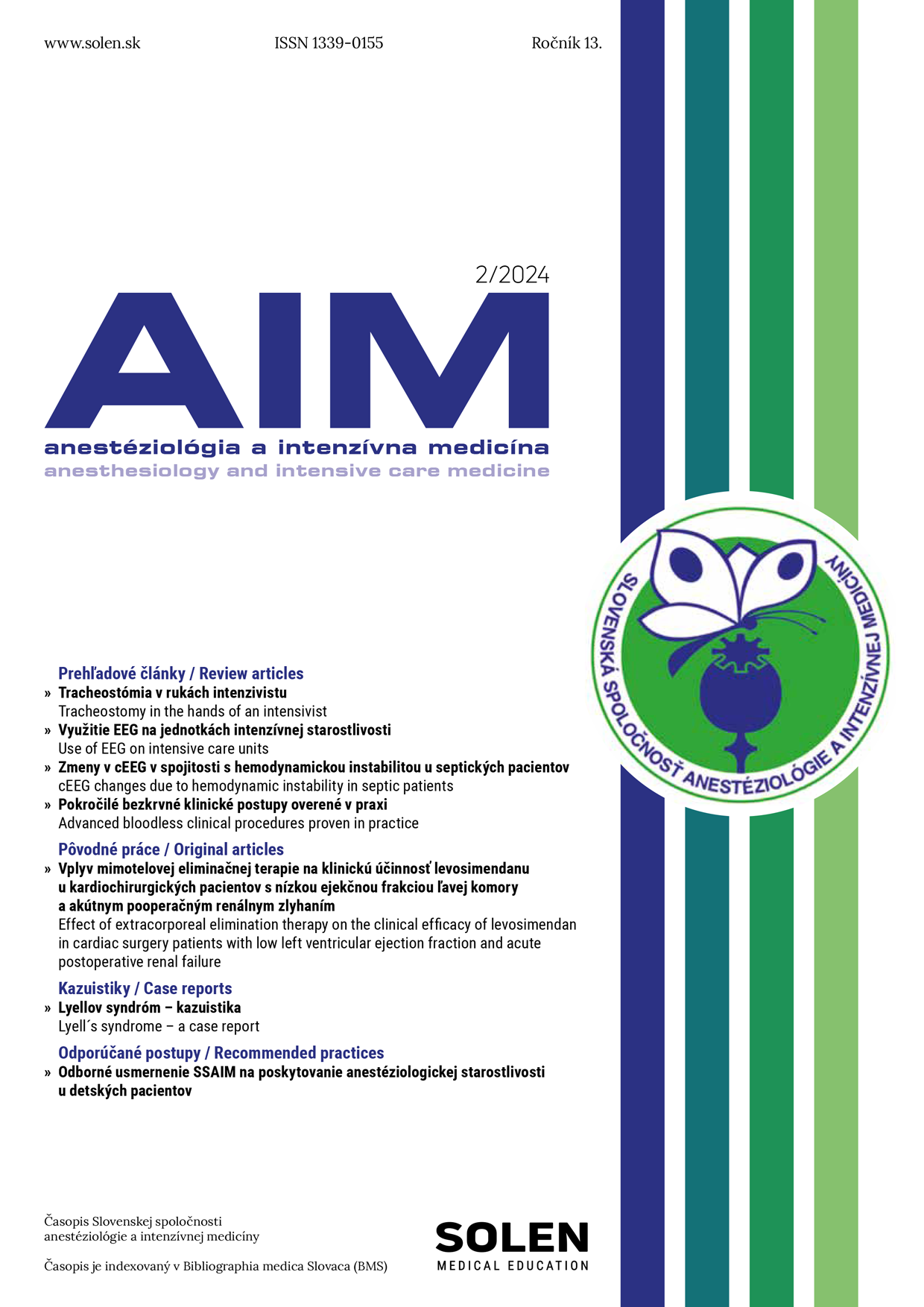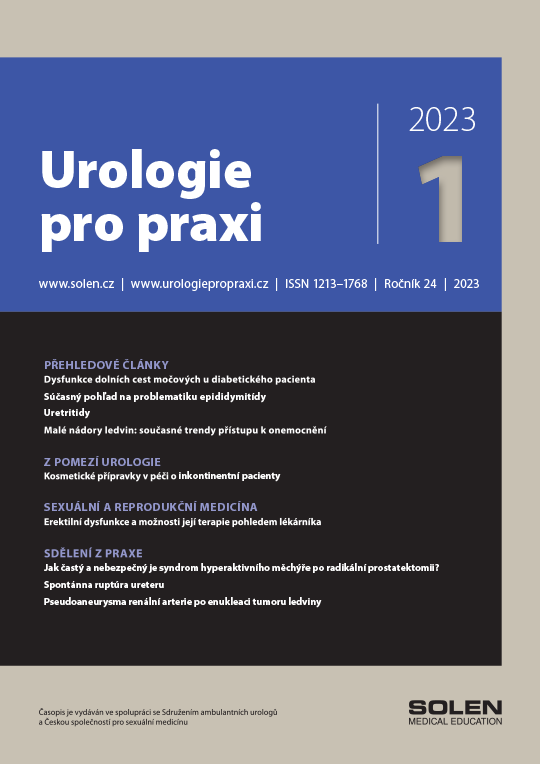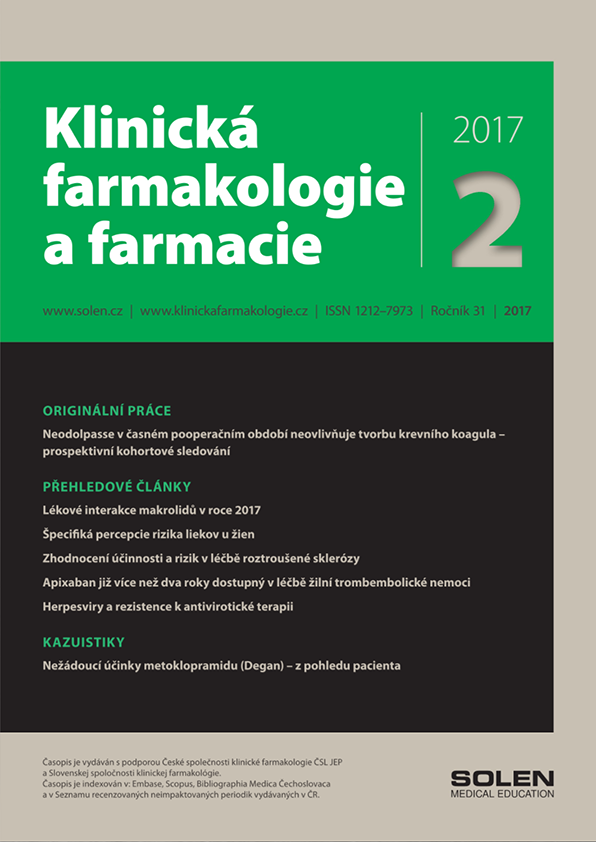Urologie pro praxi 1/2025
The importance of mesh implants in pelvic floor reconstructions in women
Pelvic floor disorders in women are a very common issue. It is estimated that up to 11% of women are experiencing some form of pelvic organ prolapse (POP). It can hardly be assumed that this statistic will change significantly. Operating technologies are still evolving. Separate colporrhaphys performed in the past are no longer relevant and colpocleisis are indicated rarely. A high rate of unsatisfactory outcomes following conventional surgeries has driven the search for new surgical technologies in this area. Reoperation rates are notably high in countries where relevant clinical trials are ongoing. Olsen et al. report a 29.2% incidence of recurrences, while Whiteside et al. present even 58% of recurrences after vaginal surgery for POP in a prospective study (1, 2). The introduction of mesh implants into pelvic prolapse surgery meant a significant turning point in the treatment of this condition. Mesh implants began to be used in pelvic prolapse surgeries following successful experience with meshes in the treatment of abdominal hernias and also after groundbreaking experience in dealing with stress incontinence (SI) through tension-free suburethral tape implantation. They brought one essential element to POP operations – the ability to bridge even large surface defects of connective tissue caused by childbirth trauma or previous pelvic surgeries. However, their use in POP surgery is far more demanding than in abdominal hernia surgery, because POP is a specific type of hernia in a dynamically demanding space. These operations interfere with very sensitive functions such as urination, defecation and sexual function. While their introduction into surgical practice can clearly be considered a progress, the clinical results of their use have sometimes been less satisfactory. New types of complications emerged, and there was initially no experience in managing them. Despite these challenges, the development of pelvic implant technology has progressed to the point where it is possible to achieve practically anatomical reconstructions of the pelvic floor with excellent functional results. Pelvic implants can be inserted transvaginally or transabdominally. In the transabdominal approach, minimally invasive laparoscopic or robot-assisted implantation technology is currently available. A high-quality pelvic floor reconstruction is not possible without the use of mesh implants.
Keywords: surgical procedures for pelvic organ prolapse, POP, vaginal surgery, polypropylene mesh, endopelvic fascia, incontinence.




